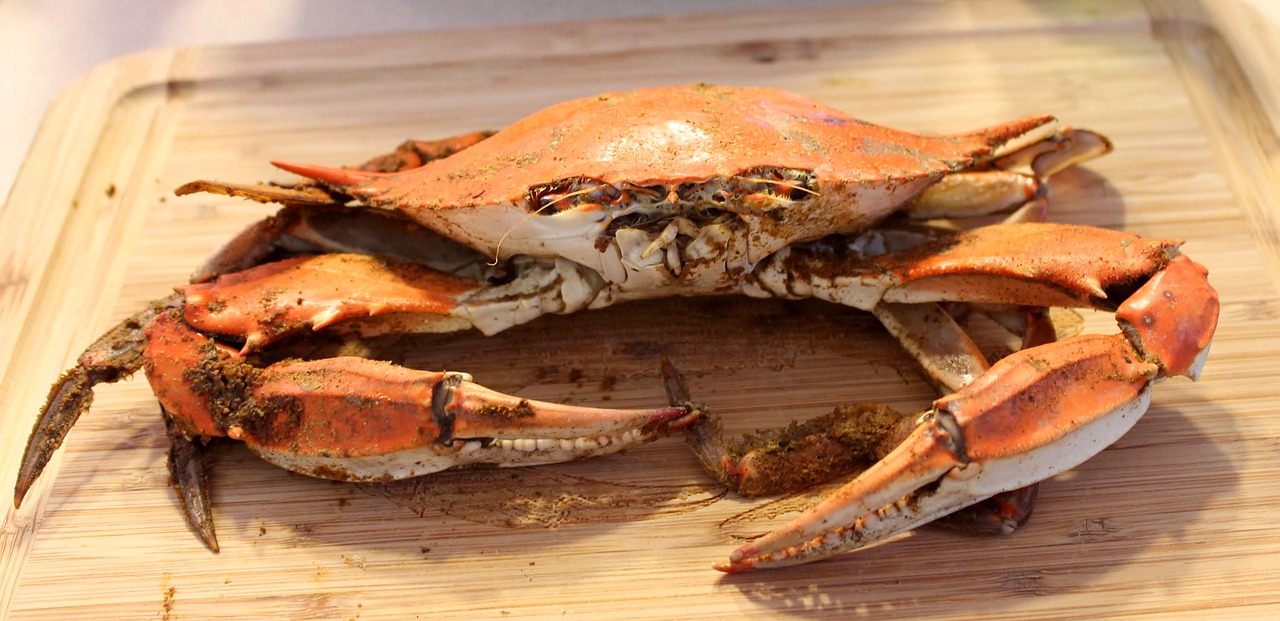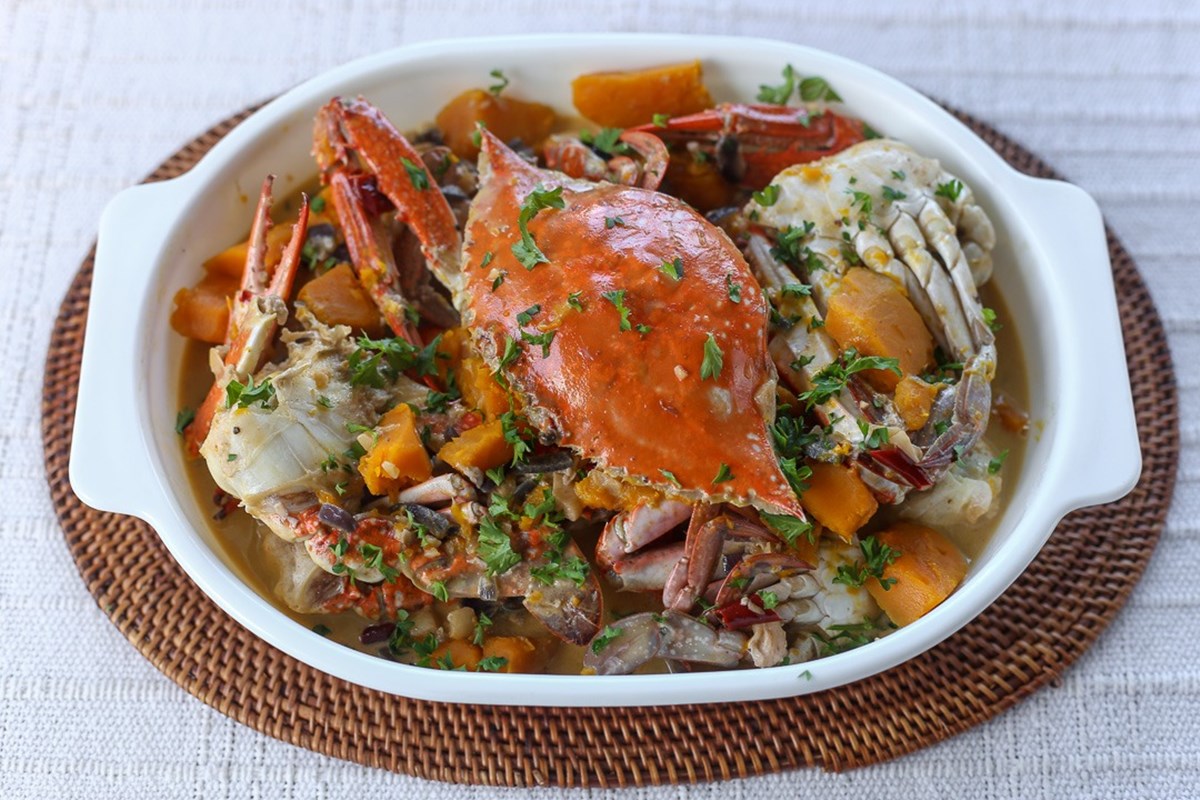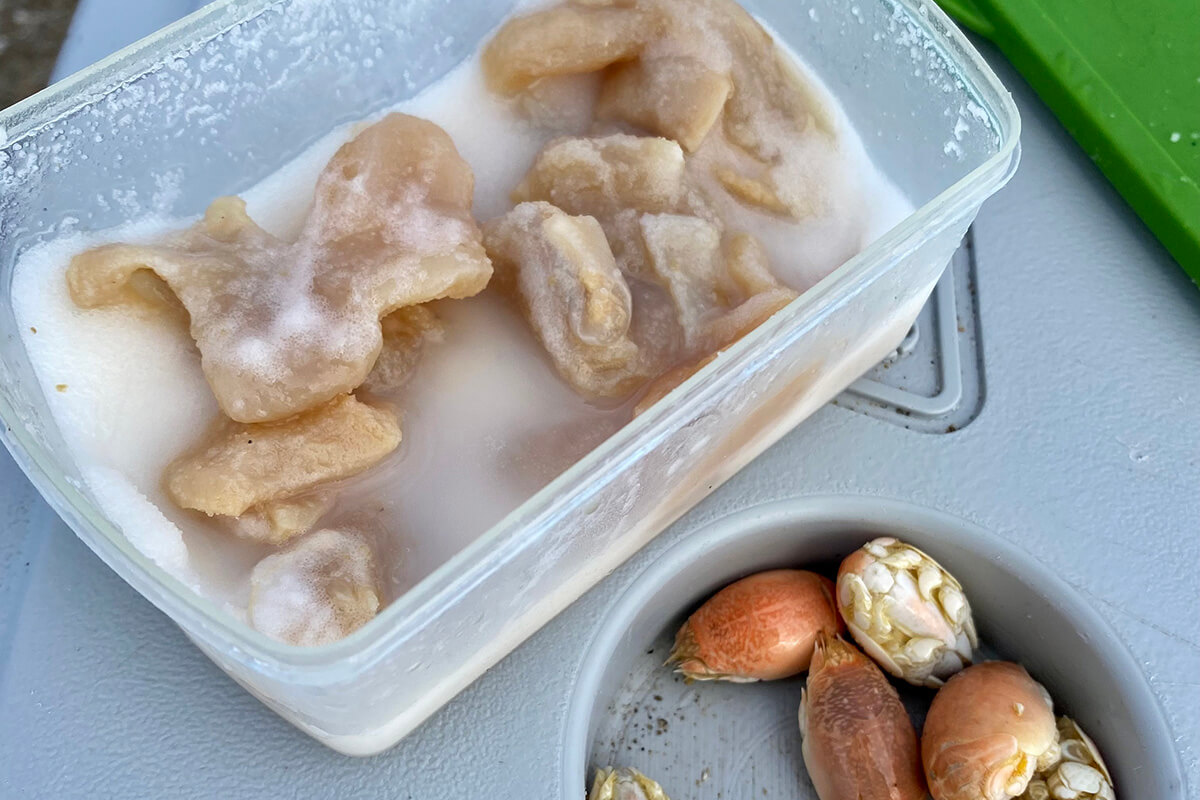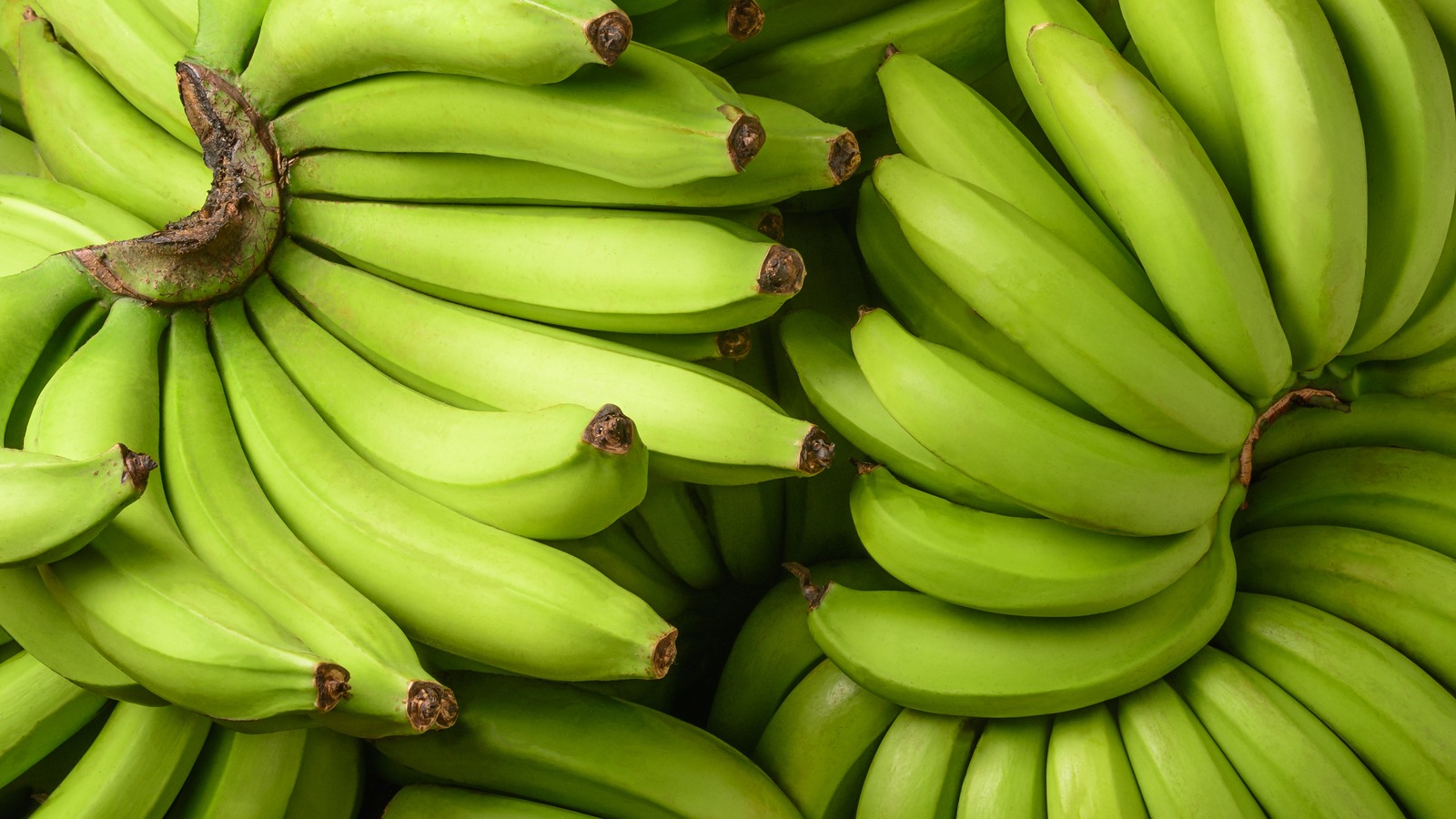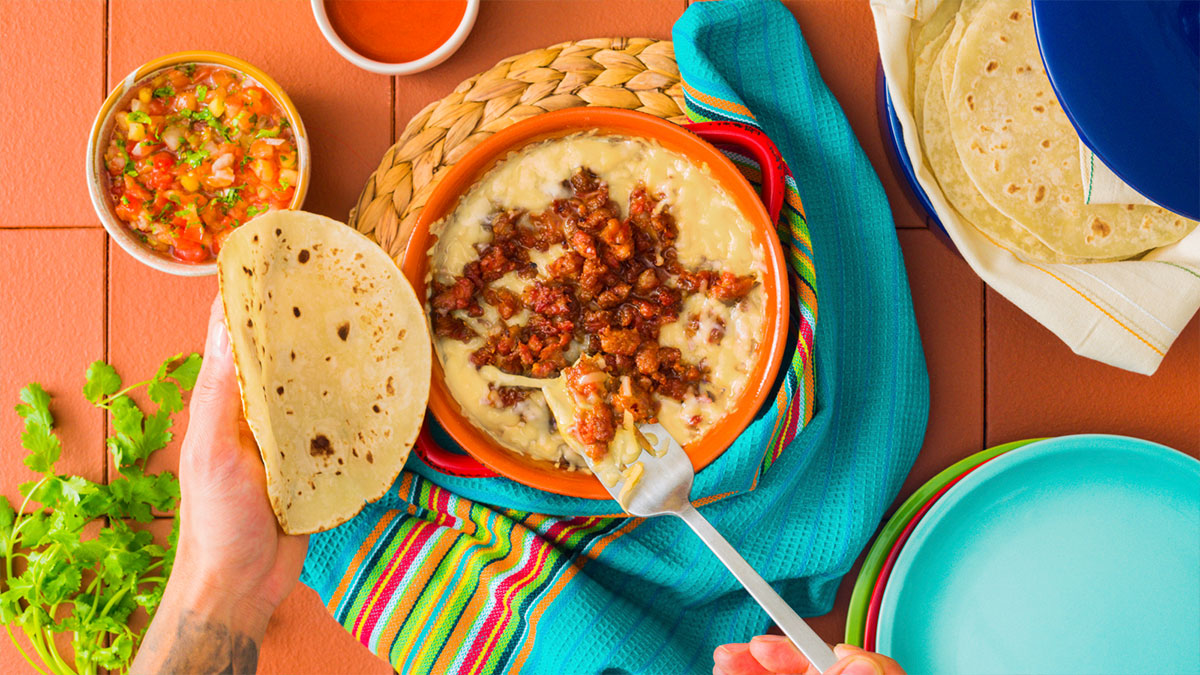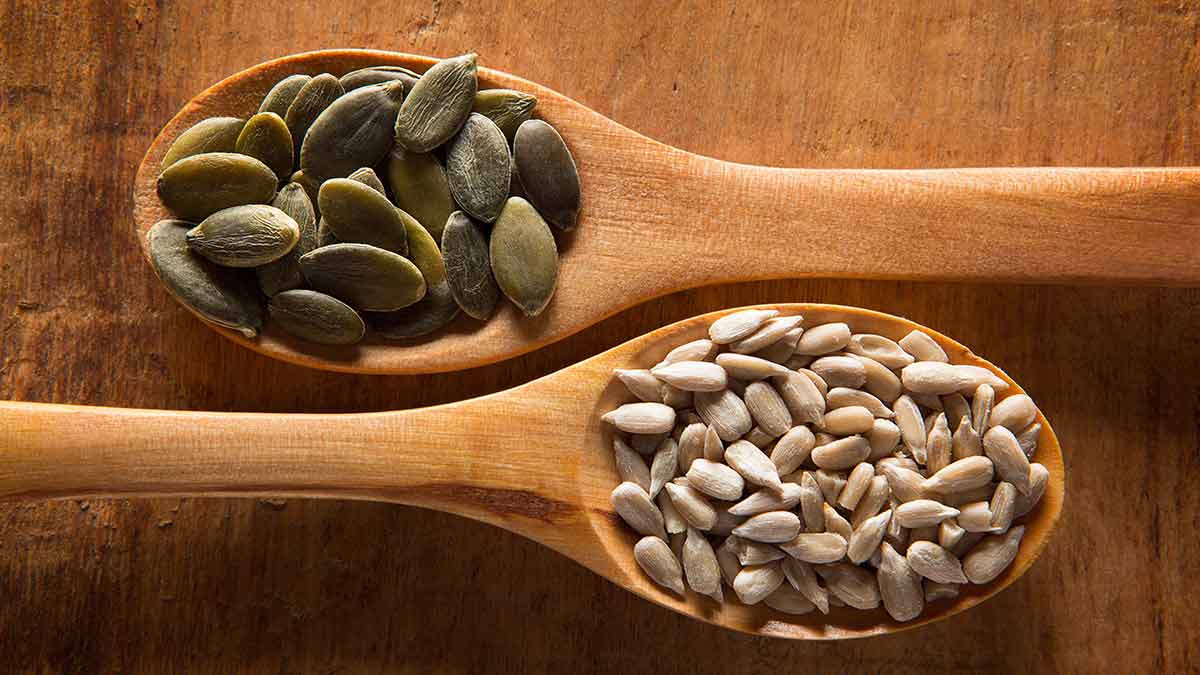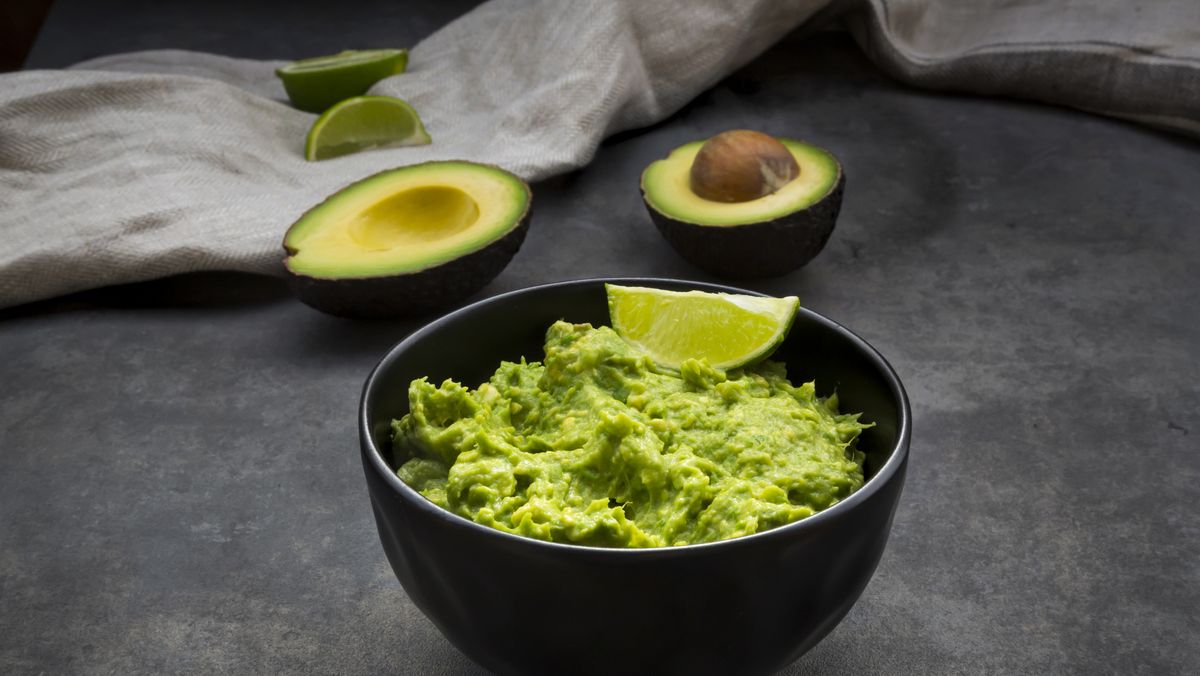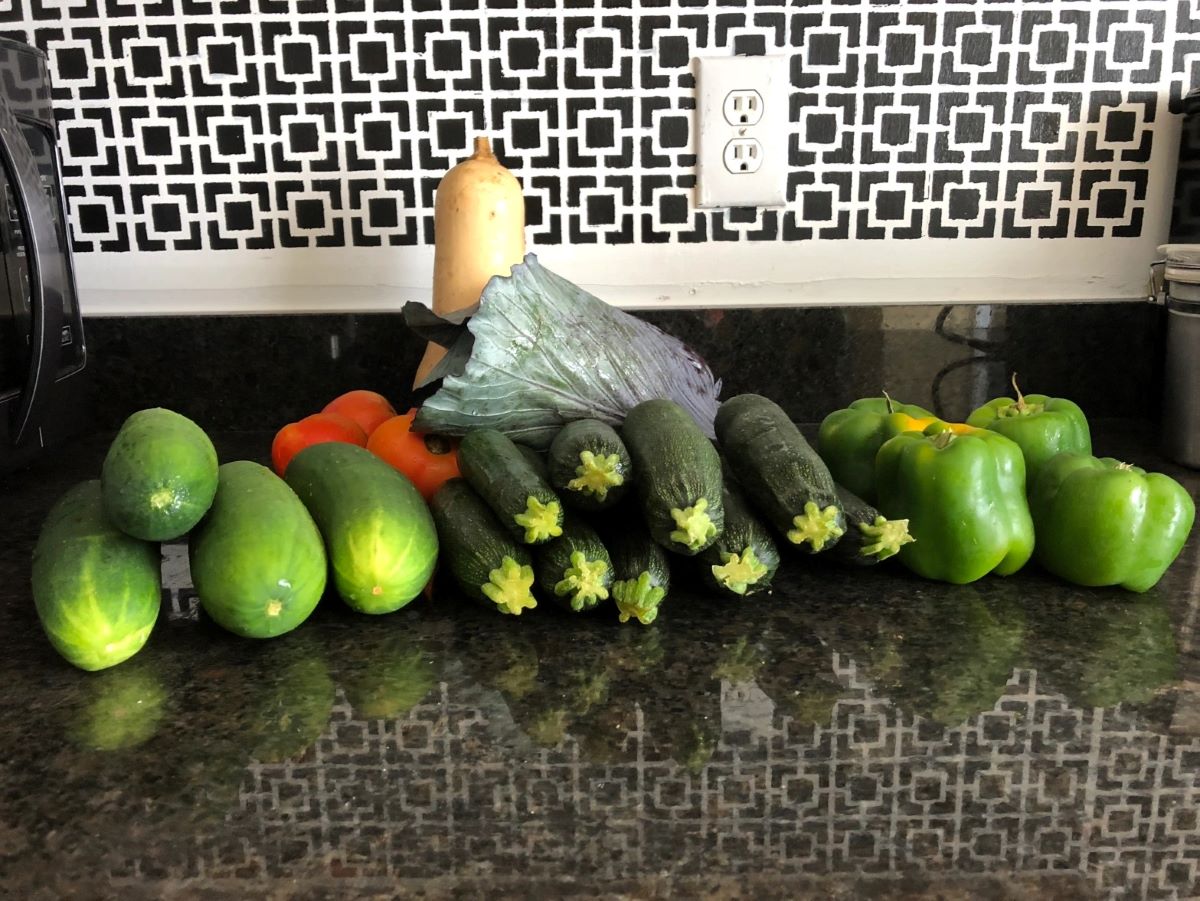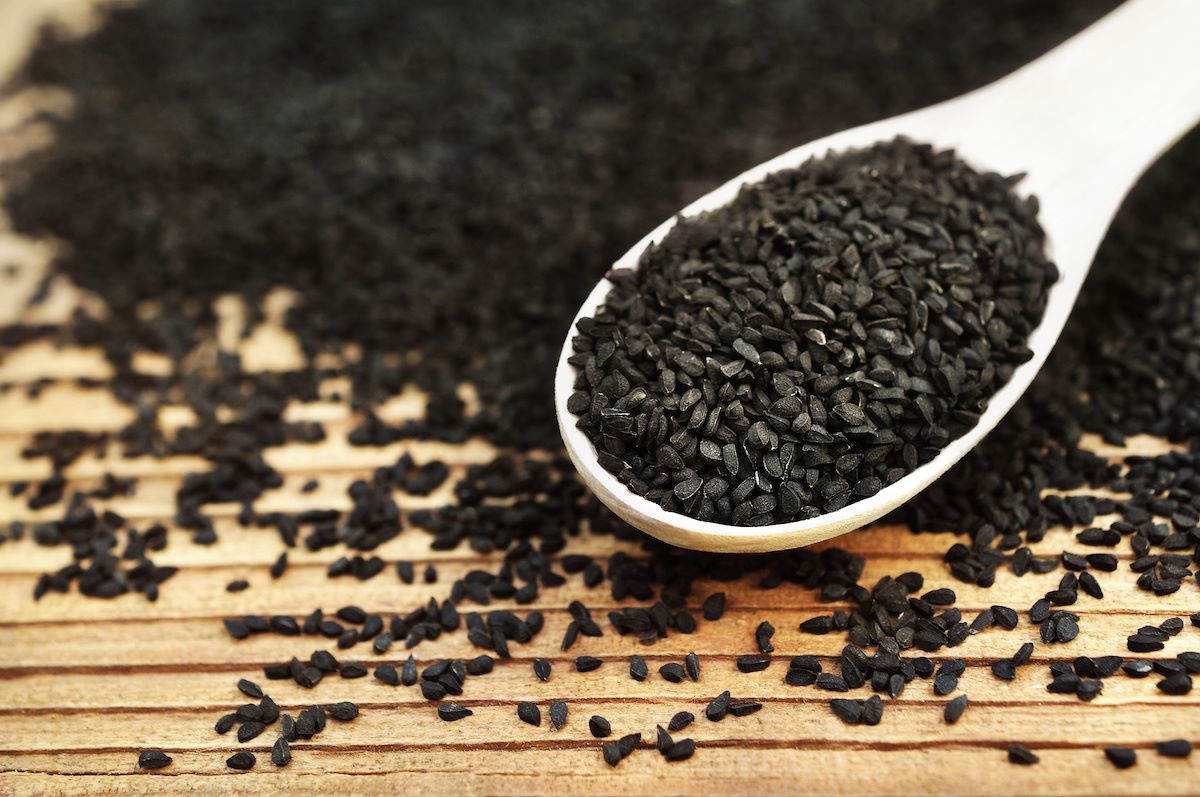Discovering the Delight of Sand Crabs
When it comes to seafood, most people think of fish, shrimp, and lobster. However, there’s a lesser-known delicacy that’s worth trying – sand crabs. These tiny crustaceans can be found scurrying along the shoreline, and with the right preparation, they can make for a delicious and unique dining experience.
Locating and Gathering Sand Crabs
The first step in enjoying sand crabs is to gather them from the beach. Look for areas where the sand is damp and compact, as this is where sand crabs tend to burrow. Use your hands or a small shovel to gently dig into the sand and uncover the crabs. Be sure to handle them carefully to avoid harming them.
Cleaning and Preparing Sand Crabs
Once you’ve collected a sufficient amount of sand crabs, it’s time to prepare them for consumption. Start by rinsing them thoroughly in cold water to remove any sand or debris. Next, carefully remove the legs and shell, leaving the tender meat exposed and ready for cooking.
Cooking Sand Crabs to Perfection
There are numerous ways to cook sand crabs, but one popular method is to sauté them in a mixture of butter, garlic, and herbs. Alternatively, you can bread and deep fry them for a crispy texture. Regardless of the cooking method you choose, be sure to season the crabs with salt and pepper to enhance their natural flavor.
Enjoying the Fruits of Your Labor
Once the sand crabs are cooked to perfection, it’s time to savor the unique taste of this coastal delicacy. The meat is sweet and tender, with a hint of brininess that sets it apart from other types of seafood. Whether enjoyed on its own or as part of a larger seafood feast, sand crabs are sure to impress even the most discerning palate.
Health Benefits of Sand Crabs
Aside from their delicious taste, sand crabs also offer a range of health benefits. They are low in fat and calories, making them a great option for those looking to maintain a healthy diet. Additionally, they are a good source of protein and essential nutrients such as zinc and vitamin B12.
Environmental Considerations
While harvesting sand crabs can be an enjoyable and rewarding experience, it’s important to do so responsibly. Always be mindful of local regulations and only gather crabs in areas where it is permitted. Additionally, be sure to leave the beach as you found it, taking care to minimize any impact on the delicate coastal ecosystem.
Conclusion
Exploring the world of sand crabs can open up a whole new culinary adventure. From the thrill of gathering them on the beach to the satisfaction of savoring their delectable meat, eating sand crabs is an experience unlike any other. So, the next time you find yourself by the shore, consider trying your hand at preparing and enjoying these delightful crustaceans.
More Delicious Recipes Featuring Sand Crabs
Having mastered the basics of preparing sand crabs, it's time to elevate your culinary repertoire with a variety of enticing recipes that showcase this versatile seafood. Delight in the simplicity and robust flavors of the Sand Crab Boil with Corn and Potatoes, perfect for a communal meal. For a lighter fare, the Sand Crab and Avocado Salad offers a refreshing blend of creamy avocado and delicate crab meat. If you're in the mood for something gourmet, indulge in the Sand Crab Pasta with White Wine Sauce, which pairs beautifully with a crisp white wine. Each recipe is crafted to enhance the natural sweetness of sand crabs, making them a must-try for any seafood enthusiast.
